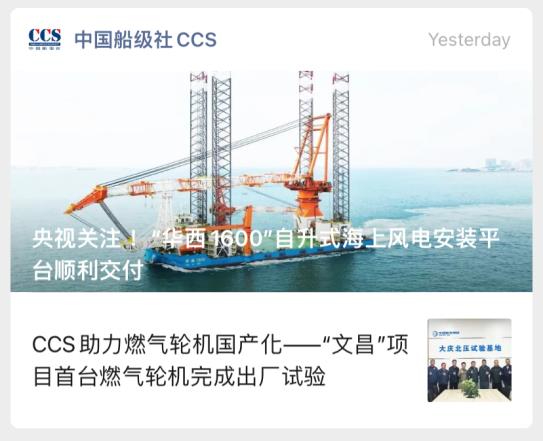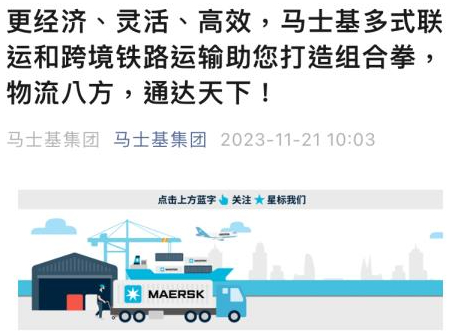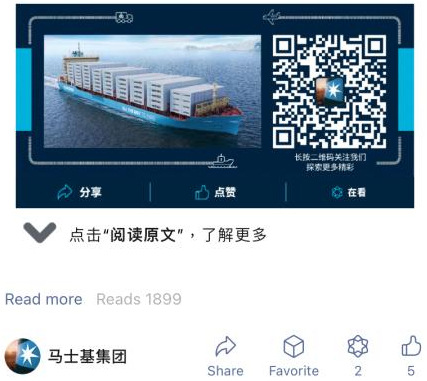
Introduction
WeChat is the most popular social platform in China, making it an essential channel for your Chinese marketing activities.
You should set up a WeChat account for your brand and make sure to use it regularly in order to connect with your target audience – but what exactly does that entail?
One important part of WeChat marketing is WeChat articles. This blog post will explain what WeChat articles are and seven things you need to consider when creating your WeChat articles, before looking at some real-life examples from big-name brands. Let’s dive straight in!
What are WeChat articles?
Let’s start with the basics – what is a WeChat article? “Articles” are basically what posts are called on WeChat. Most Western marketers, when they think of a post, think of social copy. However, posts on WeChat are typically longer than posts on Facebook or LinkedIn, hence their name: articles.
WeChat articles are typically made up of:
- a thumbnail (with an aspect ratio of 2.35:1)
- a title
- a description
- the main body of text
- visuals (optional but recommended)
The screenshot below shows a preview of a WeChat article. You can see the thumbnail, title and description. When a user clicks on this, it will open up the full article.

7 things to consider when creating a WeChat article
1. Highlight your key points
An important thing to bear in mind is that the vast majority of people reading your WeChat articles will be doing so via the WeChat app. This means that you have to consider the mobile experience for all of your articles.
Some WeChat articles can be 1,000 characters long. If you imagine the experience of scrolling through such a long article on your mobile phone, then the need to highlight the key points for quick comprehension becomes clear.
Readers will probably not read every single article from top to bottom. They will want to extract the most important information. This makes highlighting your key points in long articles really important.
2. Be creative with your imagery
It is important to incorporate creativity in your WeChat articles. Like I mentioned previously, WeChat is mostly text-based, but that does not mean that your whole article has to be 1,000 characters of text.
Depending on your brand’s industry and objectives, you can incorporate creative visual elements to maximise the reading experience.
For example, you can include GIFs, or poster-style long images which cover the entire screen, for a more visually exciting experience. These visual elements can really enhance the user experience by making your article look much more interesting.
3. Use infographics and tables
It is also really good to include infographics and tables for the purpose of increasing the readability and quick comprehension of your content. It can also help you to highlight points that are important.
Since infographics and tables also help to break up the text, it can also boost engagement, as readers are not getting bored by a huge block of text.
4. Format your article using a template
On WeChat, you can use templates to format the main body of your articles – and it is recommended that you do so.
For example, you can use templates to highlight key paragraphs, separate different sections, add colour, and even to help format certain types of content like question-and-answer-style interviews.
Templates are basically there to help make your WeChat articles easier to read and understand.
It is recommended that you build templates around your brand colours, and to create a few different template options to use for different types of articles.
5. Use the right font size
The standard, average, recommended font size is 17px, so that you provide the best reading experience on a mobile phone screen.
6. Use headers and footers to maintain brand consistency
Most WeChat articles have headers and footers. These should be consistent in order to build brand awareness and recognition. You want to build trust with readers by using consistent branding every time they read one of your WeChat articles.
Here is a WeChat article header from the international shipping company Maersk:

And here is a footer, also from Maersk. As you can see, they chose to include a picture of one of their ships, alongside a QR code to follow them on WeChat:

Many footers include a company logo, a call-to-action to “follow us” on WeChat, and a QR code (perhaps leading to your WeChat account or website).
7. Calls-to-action
The main purpose of a WeChat article is usually to inform the reader with insights, so the call-to-action functions are therefore quite limited.
If you want to insert a link, you can create a tiny button for this, but be aware that this does not have good visibility.
Instead, calls-to-action at the end of WeChat articles tend to be “follow us”, to try to turn the reader into a follower so that they can more easily see your future exciting content.
There are ways you can improve call-to-action visibility, but this involves using a third-party WeChat mini-program tool. If you choose to go down this path, you can create calls-to-action such as file downloads, polls and many more.
Why you should test your WeChat articles
When you create your WeChat articles – including setting up templates, font sizes, adding images, etc. – you will do this in the WeChat backend on a laptop. However, as I mentioned previously, most people will read your WeChat articles on a mobile phone.
Therefore, it is very important to test your WeChat articles and generate a preview on a mobile device, to make sure that the article displays correctly on mobile, including all the template formatting and images.
It may be the case that your template is a bit off and that something displays incorrectly on mobile. If this happens, you will need to make changes in the backend and then check again how it displays on mobile. After a couple of rounds of back-and-forth testing, you should be able to ensure it displays perfectly, before you publish the article.
Be aware that every time you create a new template, you will have to go and test it, to make sure it displays correctly on a mobile device. The good news is that you do not need to create a different template for every single WeChat article. Once you have a template ready and tested, you can just re-use that and it should work fine.
B2B example: Maersk
Here is an example of a WeChat article from a B2B brand: the international shipping company Maersk. As you can see, the article is mostly text-based, but Maersk did a really good job using templates and infographics to divide it up and make the article more engaging, rather than it just being one big block of text.

B2C example: Tesla
And here is an example of a WeChat article from a B2C brand: the electric car company Tesla. As you can see, it is basically a poster-style long article, made up of multiple graphics and moving parts. This is a fun way for Tesla to share information about its vehicles with prospective customers.

The very different – yet equally effective – ways that Maersk and Tesla approached their WeChat articles shows that the format can work and be adapted for a wide variety of industries.
Need help creating your WeChat articles?
I hope this blog post has been a useful explanation of how to create effective WeChat articles.
If you would like assistance creating WeChat articles for your brand, reach out to Webcertain today! Our friendly team of international social media marketing specialists will be happy to help.
Want to learn more?
This blog post is part of a series on WeChat marketing. Check out the others below:
- How to open and verify an official WeChat account
- What’s the difference: WeChat service vs subscription accounts
- How to boost customer engagement on WeChat
- WeChat Channels: Harness the power of video on WeChat
- Is influencer marketing really better than paid advertising on WeChat?
You can also read our full-length guide to marketing on WeChat here. From reading this guide, you will learn:
- what WeChat is
- how WeChat can help you achieve your marketing goals
- how to get started on WeChat







